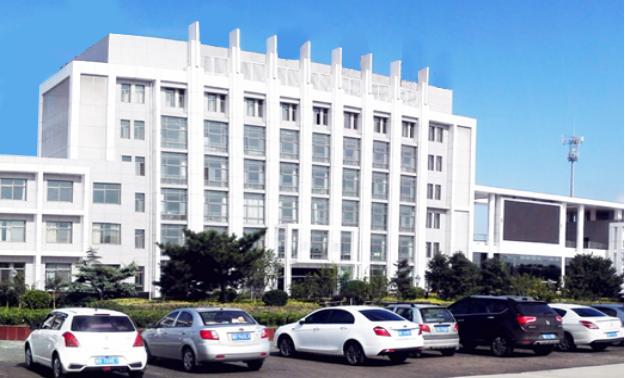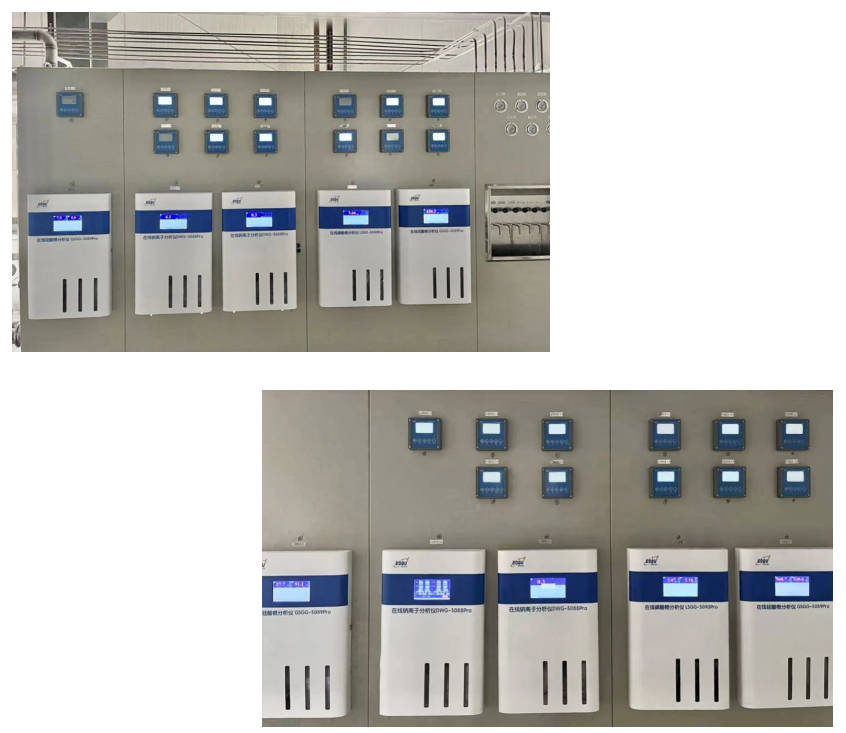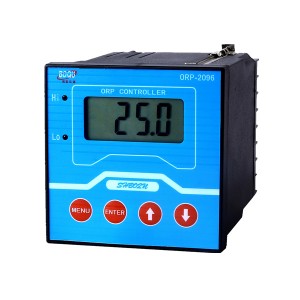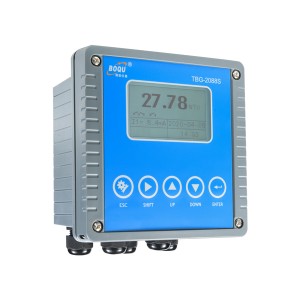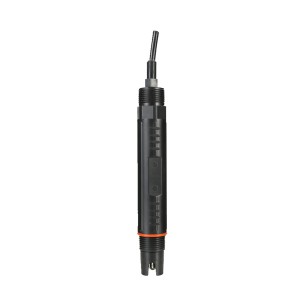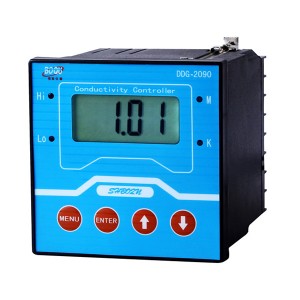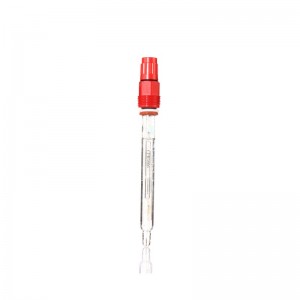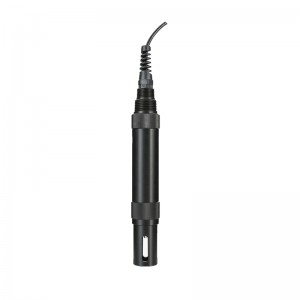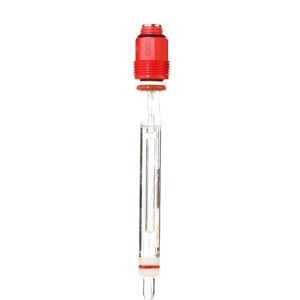The steel company, established in 2007, is an integrated manufacturing enterprise specializing in sintering, ironmaking, steelmaking, steel rolling, and train wheel production. With total assets amounting to RMB 6.2 billion, the company has an annual production capacity of 2 million tons of iron, 2 million tons of steel, and 1 million tons of finished steel products. Its primary products include round billets, extra-thick steel plates, and train wheels. Located in Tangshan City, it serves as a key manufacturer of special steel and heavy steel plates within the Beijing-Tianjin-Hebei region.
Case Study: Steam and Water Sampling Device Monitoring for the 1×95MW Waste Heat Power Generation Project
This project involves the construction of a new facility with the current configuration consisting of a 2×400t/h ultra-high temperature subcritical deep purification system, a 1×95MW ultra-high temperature subcritical steam turbine, and a 1×95MW generator set.
Equipment Utilized:
- DDG-3080 Industrial Conductivity Meter (CC)
- DDG-3080 Industrial Conductivity Meter (SC)
- pHG-3081 Industrial pH Meter
- DOG-3082 Industrial Dissolved Oxygen Meter
- LSGG-5090 Online Phosphate Analyzer
- GSGG-5089 Online Silicate Analyzer
- DWG-5088Pro Online Sodium Ion Analyzer
Shanghai BOQU Instrument Co., Ltd. provides a complete set of centralized water and steam sampling and analysis equipment for this project, including the installation of necessary online monitoring instruments. The parameters of the water and steam sampling system are monitored by connecting dedicated analytical signals from the instrument panel to the DCS system (to be supplied separately). This integration enables the DCS system to display, control, and operate relevant parameters effectively.
The system ensures accurate and timely analysis of water and steam quality, real-time display and recording of related parameters and curves, and timely alarms for abnormal conditions. Additionally, the system incorporates automatic isolation and protection mechanisms for overheating, overpressure, and cooling water interruption, along with alarm functions. Through comprehensive water quality monitoring and control, the system achieves full-scale supervision and regulation, ensuring stable and reliable water quality, conserving resources, reducing operational costs, and embodying the concept of “intelligent treatment and sustainable development.”.

